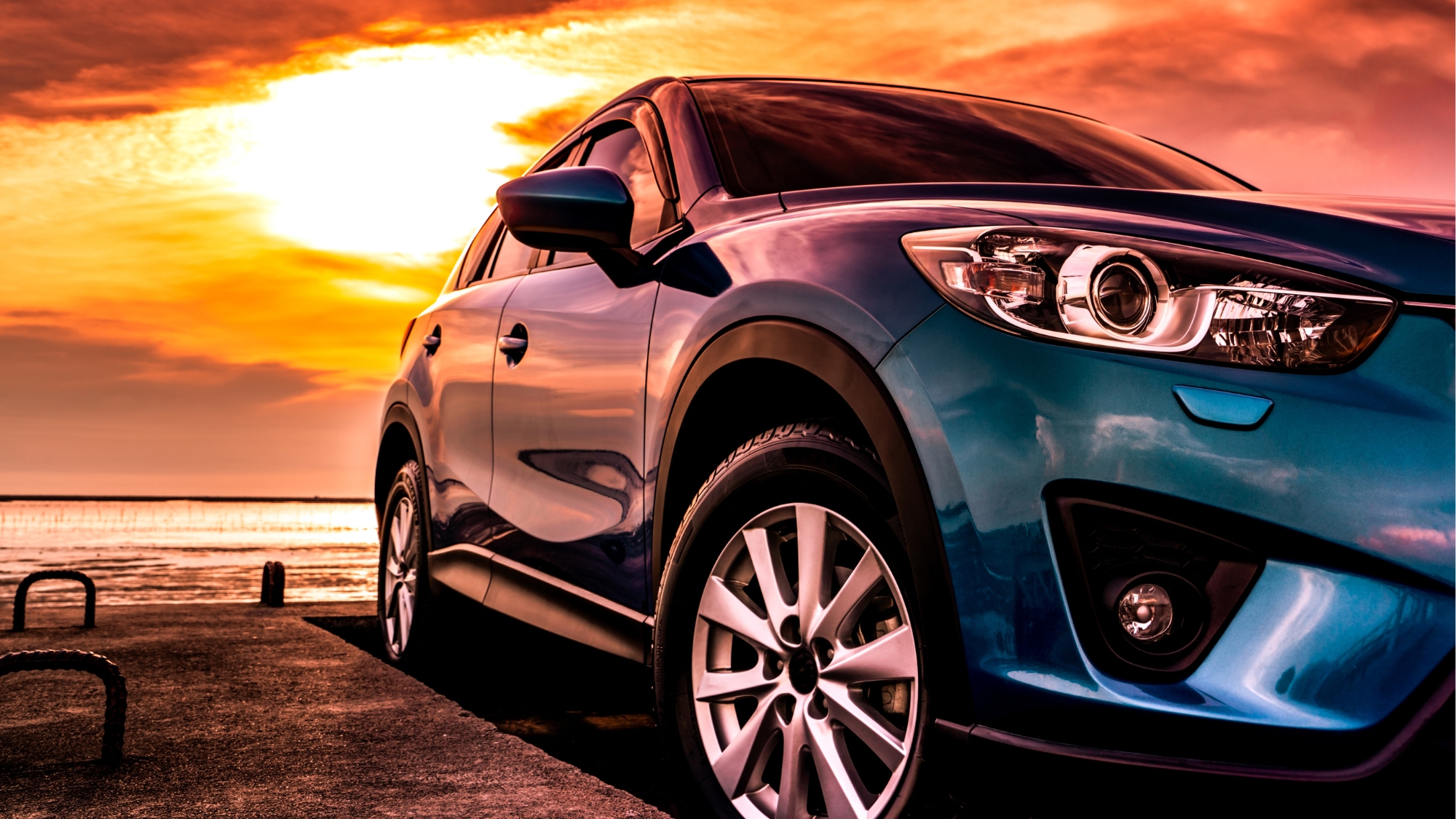High-Performance Polymers for the Automotive Industry
Also in automotive, materials must meet strict prerequisites to ensure safety, performance and durability in challenging environments.
High-performance polymers, including PEEK, Polyimide, PAI, PEI, PPA, and PBI find use in critical applications due to their unique characteristics.
In the automotive industry, PEEK is a high performance thermoplastic with a wide range of applications. It is used in fuel pumps and connections due to its resistance to various fuels. It is also suitable for components in fuel, brake and transmission systems, such as gears and bearings. PEEK is also popular in air conditioning systems, engine management systems and electronic/sensor systems due to its thermal stability.
With the increasing voltage in electric vehicles, PEEK is becoming increasingly important as it offers high dielectric strength even at 240°C. PEEK wire is used for specific applications such as hot motors or stator windings. The versatility and reliability of PEEK make it a preferred material in the automotive industry, as it retains its performance even under extreme conditions.
AURUM® TPI is crucial in automotive applications for its ability to withstand high temperatures and chemical reactions, preventing leaks in gaskets and seals. It also reduces weight by 60% as a thrust washer. Other uses include seal rings, turbocharger seals, and engine components. AURUM®'s chemical resistance makes it ideal for fuel system parts like injectors and fluid handling systems.
In electric vehicle (EV) motors, AURUM®'s stability allows thinner coatings, enhancing output and miniaturization. With its high breakdown voltage and low dielectric constant, AURUM® ensures safety and efficiency in EV operations. With a record high Tg of 245°C, AURUM outperforms any other thermoplastic in high temperature performance and offers excellent insulation for a long lifetime.
AURUM® exhibits exceptional elasticity even at cryogenic temperatures, making it suitable for applications requiring resilience in very low temperature environments, such as carburetor parts and seals for hydrogen tanks. Additionally, AURUM® serves as a matrix polymer for carbon-fiber composite tanks, ensuring structural integrity and durability even under extreme temperature conditions. This versatility further enhances the suitability of AURUM® for a wide range of automotive and hydrogen-related applications.
On the other hand, materials can retain their high integrity with Celazole® PBI, which is stable at high temperatures and resistant to wear.
It can actively contribute to crafting interior components such as trim and panels
In addition, Celazole® has a high resistance to heat, which makes it suitable for applications that need thermal insulation. For example, it actively produces heat shields and insulating materials that protect sensitive components from high temperatures
Some sensors in car systems need a stable and heat-resistant material to cover them, and PAI is a good choice for this because it does not change shape or size easily and can handle very hot or cold temperatures. This helps the sensors work correctly and independently.
Furthermore, hydraulic seal rings and axial thrust bearings can be made from PAI. and can handle hot or cold temperatures.
On the other hand, PEI is a good material for producing components for automotive lighting systems. It has high transparency and can withstand UV radiation. PEI also has high dimensional stability and can resist wear and abrasion, making it fit for making vehicle sensors and actuators. These components, such as safety and control, are essential for various automotive systems.
Lastly, the high heat deflection (180°C to 250°C) and glass transition (Tg) (100°C to 140°C) temperature properties of PPA make it more suitable for producing automotive components. It is ideal for making parts related to the cooling system, such as thermostat housing, water pump impellers and radiator end tanks.
In addition, PPA can handle temperature changes, which makes it suitable for making fasteners, clips and brackets. It can resist chemicals and high heat, making it fit for components in emission control systems, including part of the exhaust gas recirculation (EGR) systems.
Additionally, they are used for electric motor Bobbin parts, fuel cut-off valves, and LED headlights.
BIEGLO's range of high-performance polymers is suitable for the automotive industry.
More info about industries and applications

